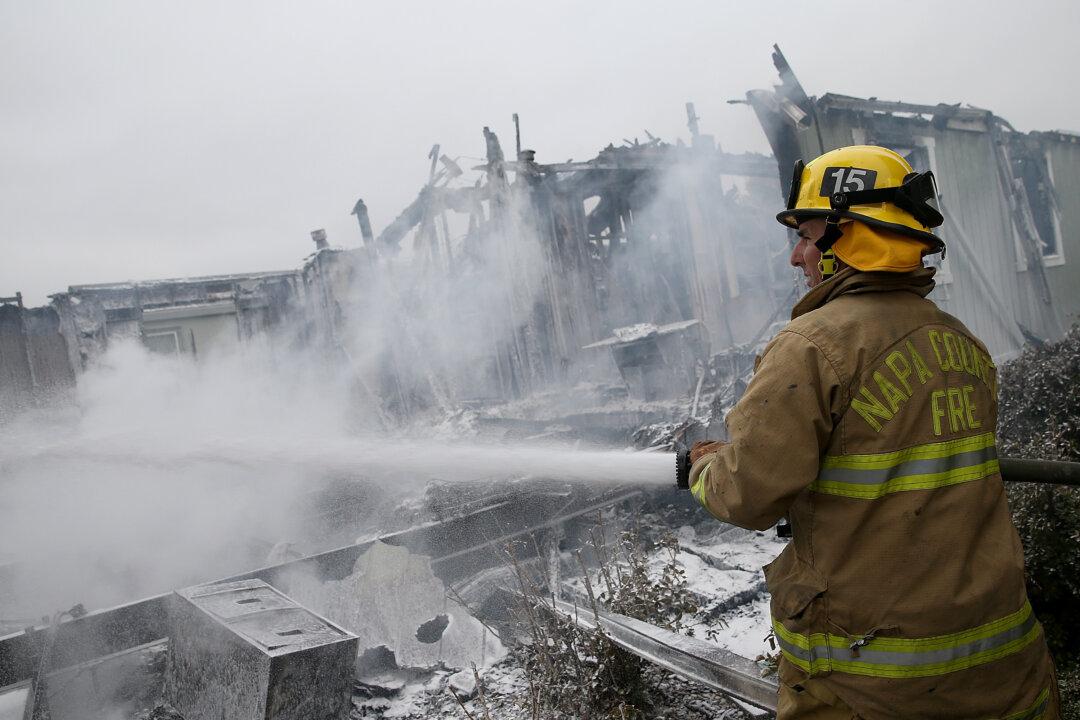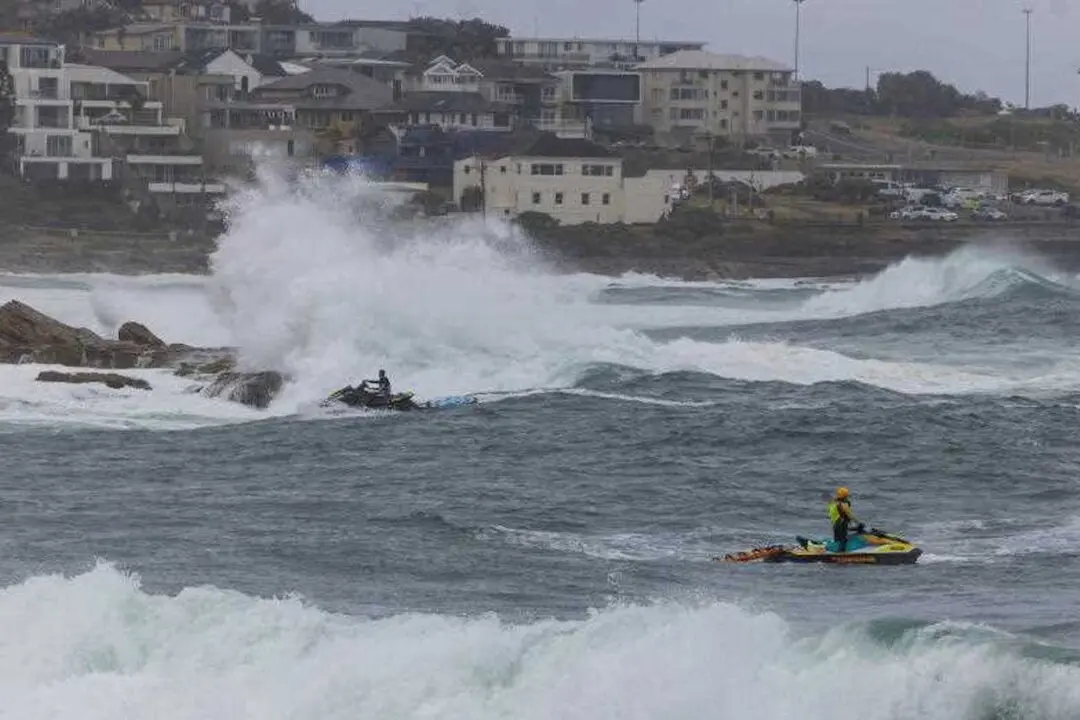A federal judge says some people will be disappointed he approved a $212.5 million class-action settlement over chemical contamination at three Defence bases.
But finality is highly desirable for residents and business owners near Royal Australian Air Force bases in NSW’s Williamtown, the Northern Territory’s Katherine and Queensland’s Oakey, Federal Court Justice Michael Lee said on Tuesday.





